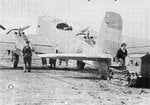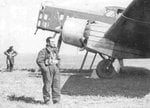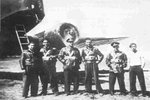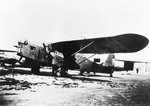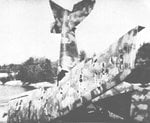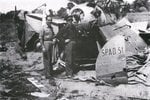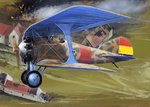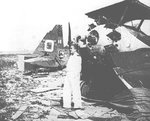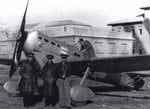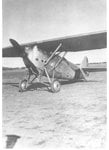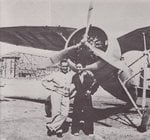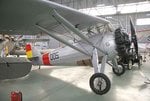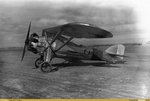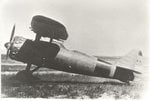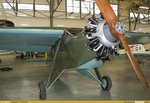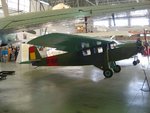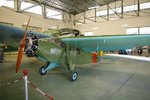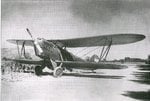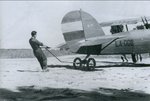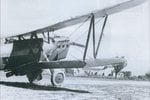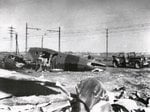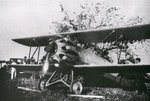- Thread starter
- #21
The Br.460 prototype flew for the first time in 1935; it was a modern two-engine light bomber with a maximun speed of 402 km/h, a range of 900 Km with maximun payload, a crew of four men and an armament of three 23mm machine-guns and 1500 kg of bombs.However the performances of this aircraft were not considered good enough for the standars of that time and the project was cancelled in favour of Br.462, which first flown in october 1936. This prototype arrived to Spain in november 1936 and was destinated to the 11 Group, with base in Cataluña. It was shot down in march 1937 by the AA of the nationalist cruiser "Canarias", in front of the coast of Gerona. Concerning the Br.462, only three of these bombers were built and all of them were sent to Spain.

